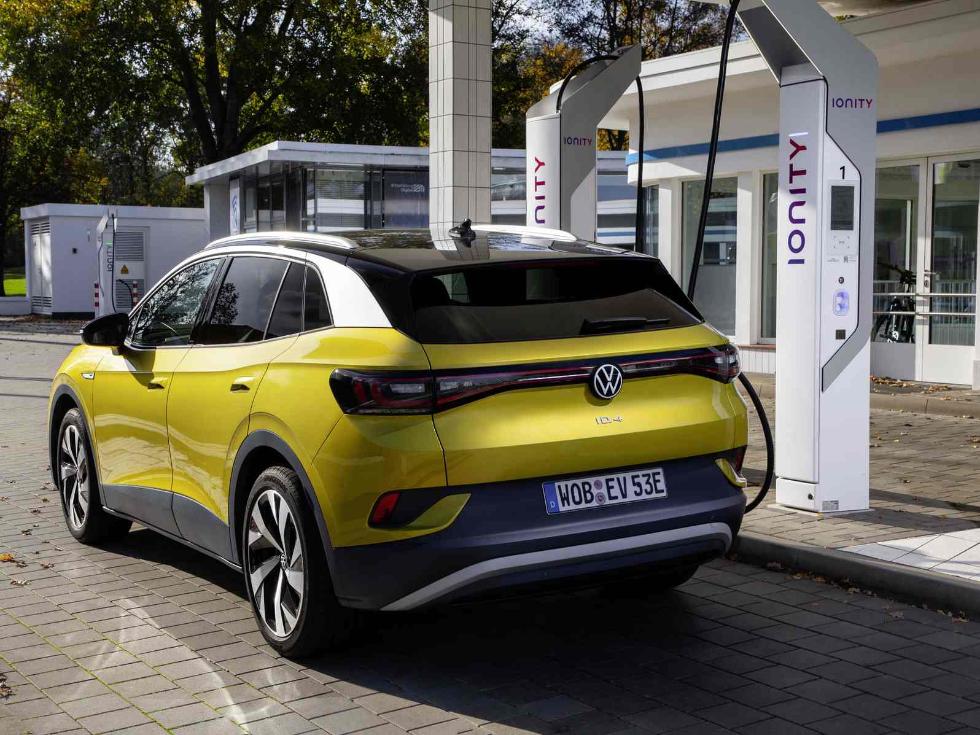Massimo Nordio: clear communication is the priority
Massimo Nordio explains why clear communication is so important when it comes to electric mobility.
Everyone is talking about electric cars – but not many get it right. I see this first hand every day, across a range of situations. Everyone knows it’s a hot topic and wants to have their say; however, only a few people know enough about the subject to discuss it properly.
For example, the “barriers to purchase” – the usual aspects such as prices, range and charging times – are becoming full-blown stereotypes, aided by the frequency with which they are repeated. As I see it, however, the biggest hurdle to overcome is actually potential customers’ perceptions.
By observing and listening to regular people’s views, I’ve come to a conclusion: there are two types of people who want to know more about the BEV (Battery Electric Vehicle) world. Firstly, those who tend to see an electric car as a mysterious object, a distant and still unobtainable prospect; and secondly, those who have perhaps already driven a mild or full hybrid and genuinely believe themselves to be e-drivers. Clearly, something’s not right here!

If you ask someone how many types of electric cars there are, you’ll rarely get the right answer. And this is exactly the point we need to start from: if it’s an electric car, when you open the flap all it has is a socket where you insert the connector. If you can put petrol in, it’s not an electric car. Hybrid cars – whether they’re mild hybrids, full hybrids or plug-in hybrids – always have an internal combustion engine; electric cars don’t. It might seem obvious, but it really isn’t.
When we talk about electric cars we need to communicate clearly and transparently – which doesn’t mean glorifying battery-powered vehicles at all costs; what it does mean is giving users up-to-date, detailed and, above all, unambiguous information so that when they come to buy a new car they have all the facts they need to decide on which technology is right for them.
Opting for a hybrid before going on to purchase a full-electric car is an oft-repeated idea, but a false one. I often say that a lot of people are already “electric-compatible” – that is, ready for electric mobility – without knowing it. By this I mean that their habits and daily routine would already allow them to drive an electric car without sacrificing anything. On the contrary, they would gain a number of advantages.
For example, if someone lives in a city and generally makes short trips, then they can already make the switch to electric – they wouldn’t give anything up and it would be more convenient. And if they have a garage or car-parking space available, then they’re 100% electric-compatible.
But equally we mustn’t forget that not everyone is the same. If, for example, someone’s job obliges them to travel long distances every day, mainly on motorways, then (due to still limited extra-urban charging networks) their current electric-compatibility is not very high.
This will change; but the transition needs time and will require teamwork, with everyone pulling in the same direction and working to the same timescales. In the meantime, users can continue to count on a broad technological offering encompassing a range of different solutions, all of which are effective and increasingly environmentally friendly. We just have to be clear about what they are!
Massimo Nordio
CEO of Volkswagen Group Italia
